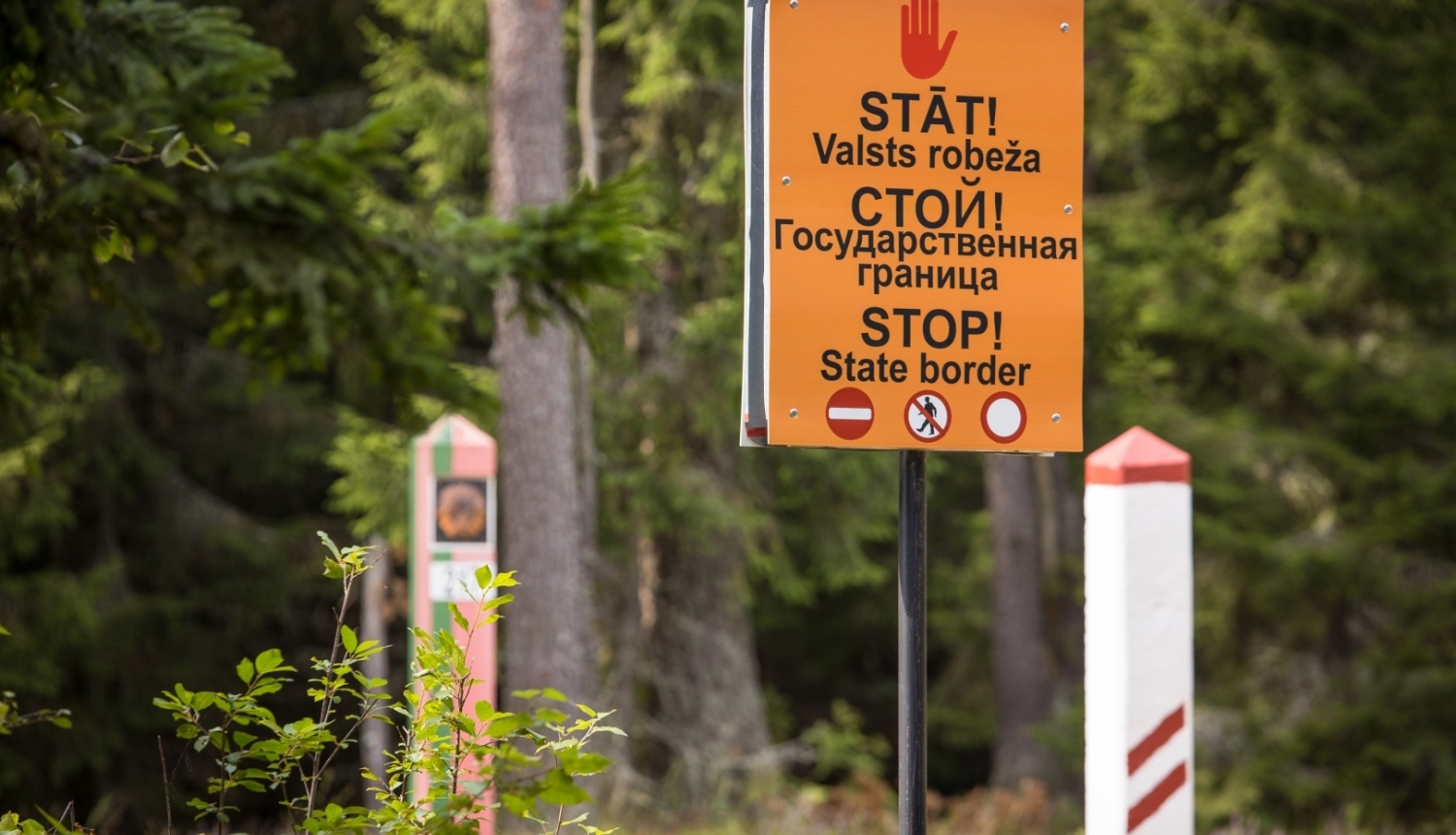On 18 October, the Cabinet of Ministers examined the information report of the Ministry of the Interior, which has been prepared in cooperation with other ministries and subordinate institutions, as well as experts from security institutions. The information report envisages the introduction of innovative common technological solutions for the surveillance of the external border of the Republic of Latvia.
The border surveillance will use optical sensors, CCTV cameras, a high-capacity data transmission network and a computer software system that will provide continuous online event detection and border surveillance to the authorities responsible for addressing national threats. In the longer term, the developed architecture will allow for the integration of multiple institutional systems, as well as for the storage, processing, analysis and sharing of border surveillance data on a larger scale.
The eastern border of the Republic of Latvia is the external border of NATO, the European Union and the European Economic Area. The technological means of surveillance currently in place are not sufficient to ensure an effective response capacity in crisis situations. It is therefore essential that all EU Member States apply modern technological means for external border surveillance. Modernizing the Latvian border will significantly reduce the risks of illegal activities at the country’s external border.
The implementation of innovative technological solutions at the external border of the Republic of Latvia is planned to be supported by the Financial Instrument for Border Management and Visa Policy for the programming period 2021-2027, with funding of at least 61 million euros. In addition, the legal framework is to be amended and the tasks of the responsible authorities are to be supplemented.
The following activities are to be carried out with the support of this financial instrument:
• setting up infrastructure for border surveillance tasks;
• equip the border with perimeter surveillance tools;
• provide the necessary software;
• high-capacity data transmission.



